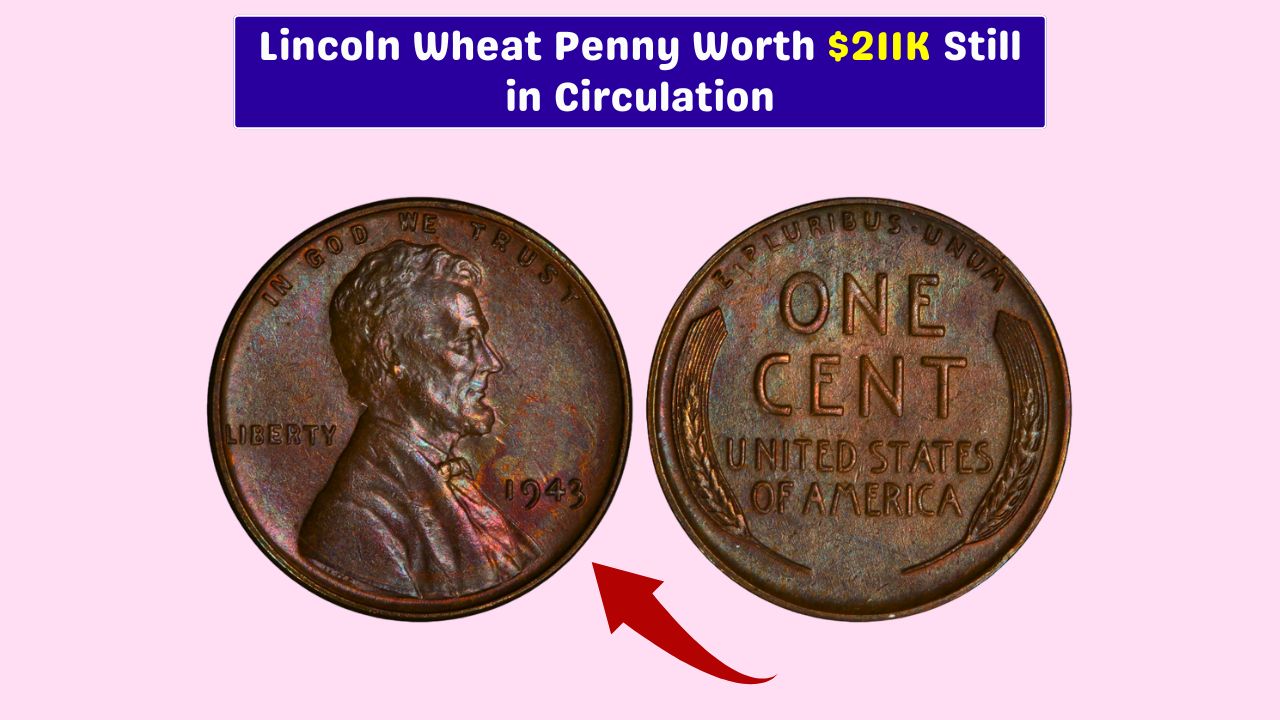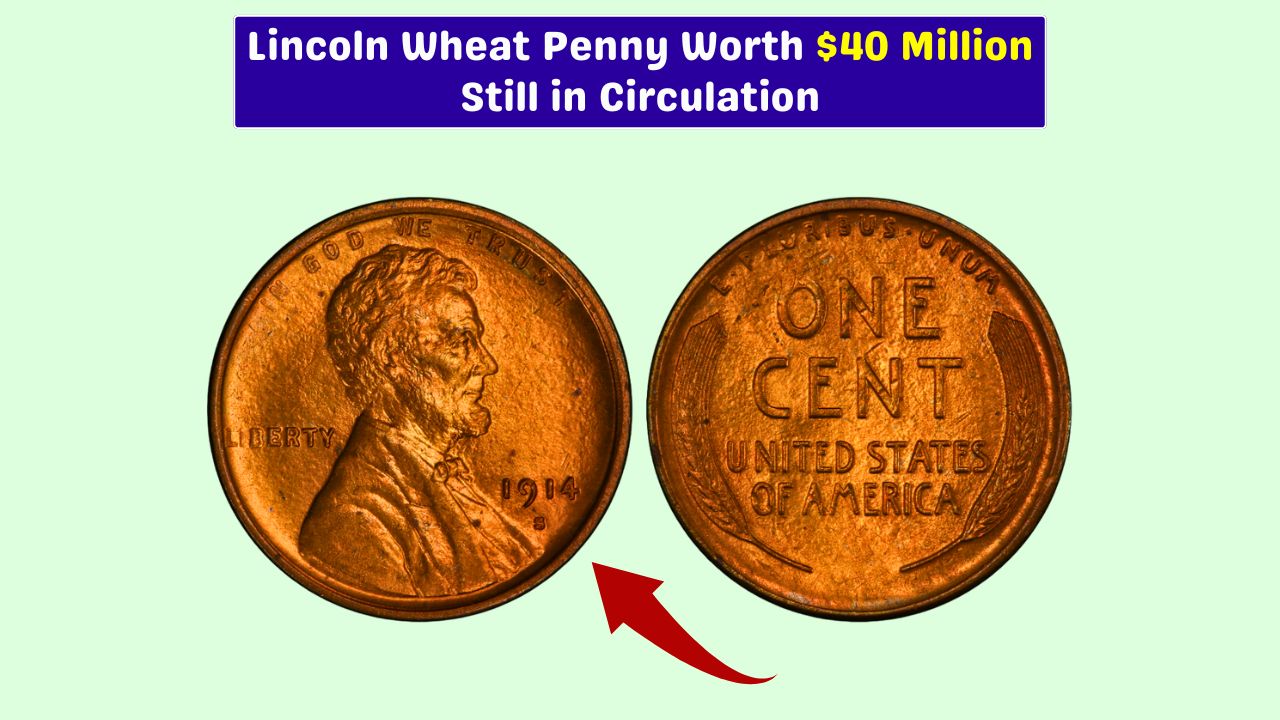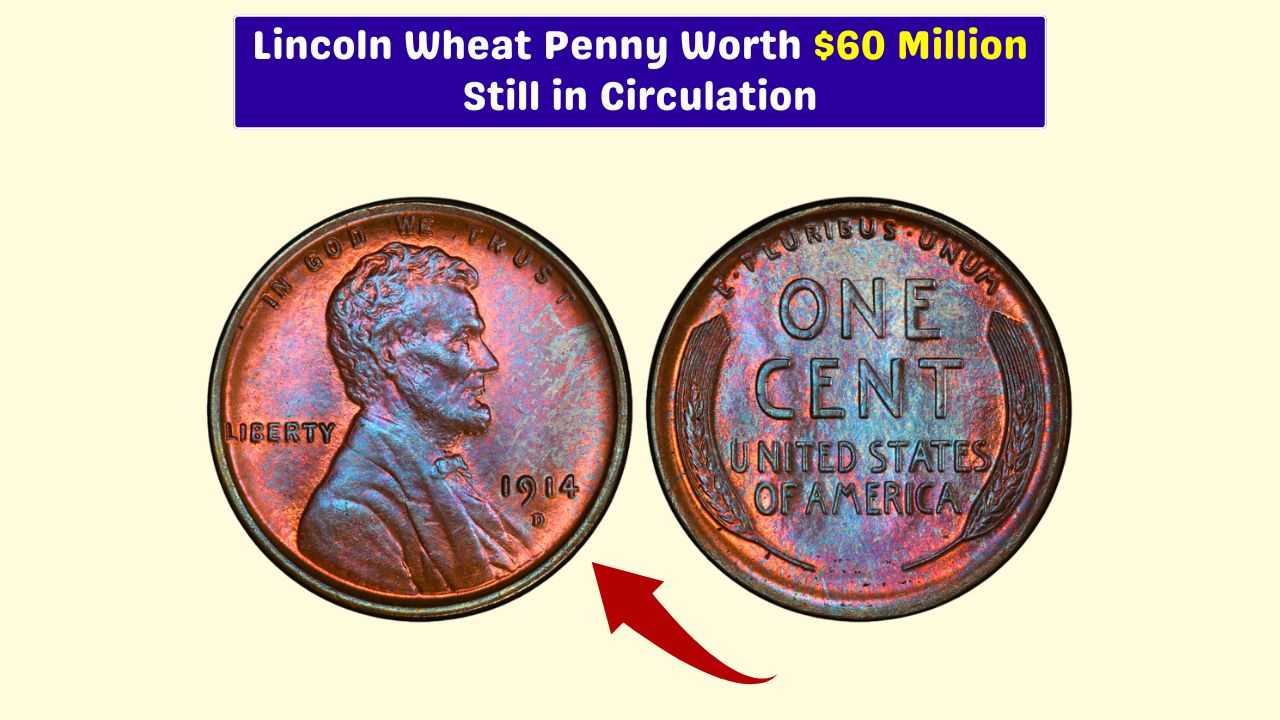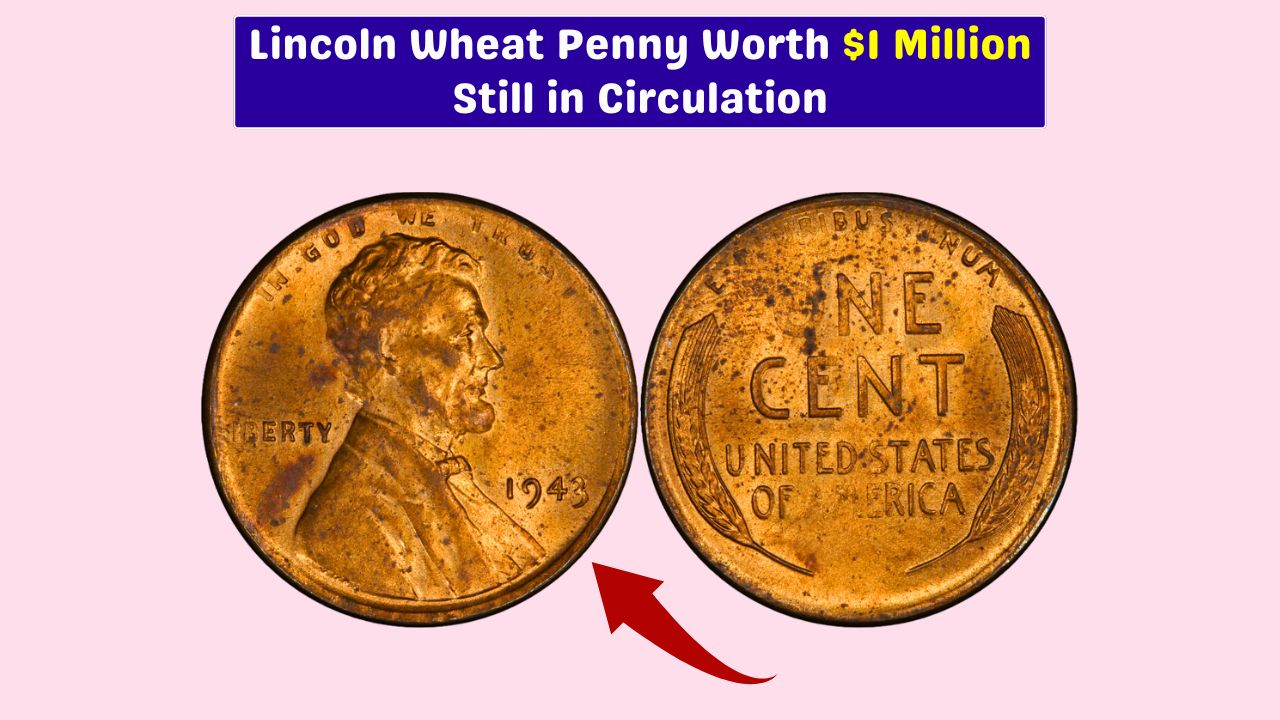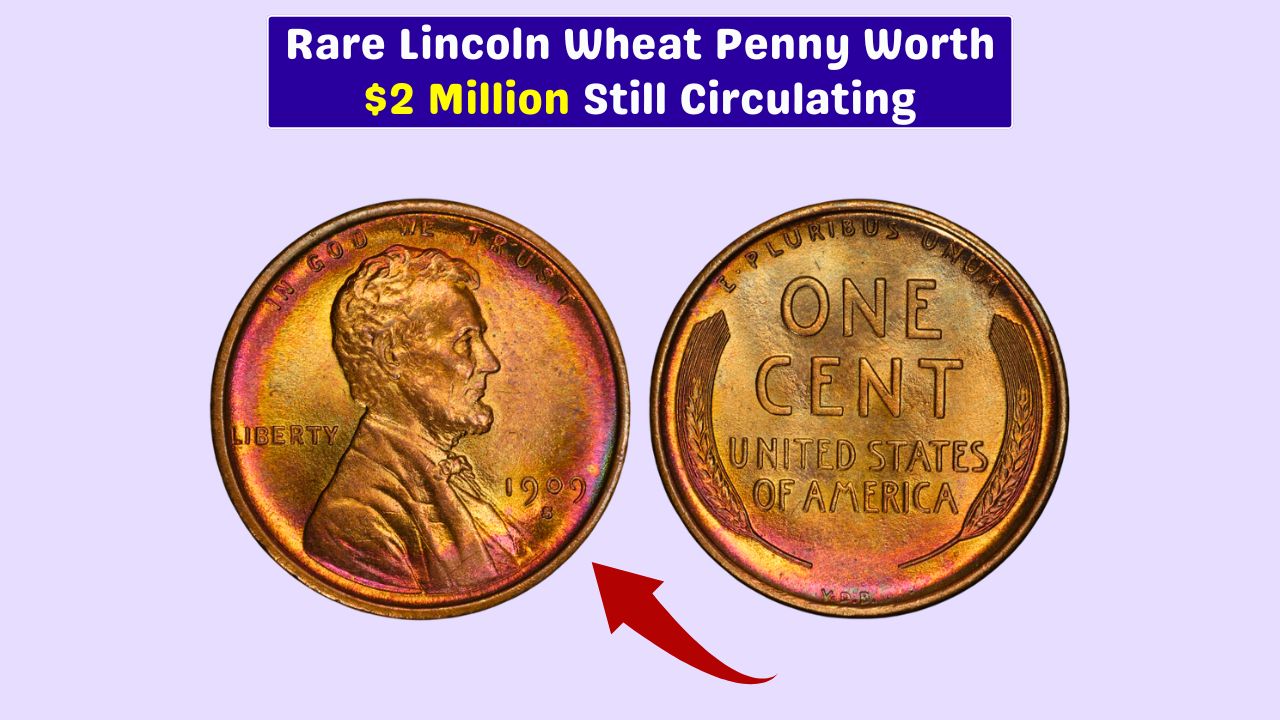A small copper coin you barely notice—maybe one rattling around in your glove box or buried in a drawer—could quietly be worth a fortune. That’s the case with the Lincoln Wheat Penny, one of the most iconic and collectible coins in U.S. history.
And get this—one rare version of this tiny one-cent piece is now valued at an astonishing $188,000.
So before you toss that old penny into the change jar or tip cup, maybe take a second glance—you might be holding onto a miniature treasure.
Origins
The Lincoln Wheat Penny was a landmark in American currency. Introduced in 1909, it was the very first U.S. coin to feature an actual person—President Abraham Lincoln. On the front is his unmistakable profile; flip it over and you’ll see two wheat stalks curving around the words “One Cent,” which is where the nickname “Wheat Penny” comes from.
Most Wheat Pennies are incredibly common and only hold sentimental or face value. But every now and then, certain rare editions—usually the result of printing mistakes or low production numbers—are worth thousands, even hundreds of thousands of dollars.
Error
One of the rarest and most valuable among them is the 1943 bronze Lincoln Wheat Penny.
During World War II, copper was a hot commodity—it was needed for military equipment like shell casings. So in 1943, the U.S. Mint began making pennies out of steel coated with zinc to conserve copper. But a few leftover bronze planchets from 1942 accidentally got mixed in and were stamped into coins.
That minor minting error turned into a major collector’s prize. Only a few of these bronze 1943 pennies are known to exist, making them incredibly rare. One of them? It recently sold at auction for an eye-popping $188,000.
Detection
Curious if you might be lucky enough to have one of these coins? Good news—you don’t need fancy equipment or a PhD in coin collecting to check. Just a little attention and a basic magnet will do the trick.
| What to Look For | Details |
|---|---|
| Year | Look for 1943, 1909-S VDB, or 1914-D |
| Magnet Test | If it sticks, it’s steel. No stick? You might have a bronze one |
| Mint Mark | Look under the date for “S” (San Francisco) or “D” (Denver) |
| Condition | The cleaner and better preserved, the higher its potential value |
| Professional Evaluation | Have it appraised by a coin dealer or certified grading service |
A quick once-over might be all it takes to spot a coin that’s worth more than your whole coin jar combined.
Circulation
Wondering if one of these rare pennies could still be out there? 100% yes.
Pennies are often ignored—tossed into jars, dropped in tip cups, left behind in old wallets, or stashed away in drawers no one’s opened in years. That’s exactly why rare coins like these continue to circulate unnoticed. They blend in perfectly with ordinary change, hiding in plain sight.
Time and again, these valuable pieces have been found by everyday folks who just happened to pay a little closer attention.
Value
Most Lincoln Wheat Pennies won’t make you rich—they’re usually worth just one cent, maybe a bit more to collectors. But those rare ones, like the 1943 bronze version, are a whole different story.
| Coin Type | Estimated Value |
|---|---|
| 1943 Steel Penny | $0.10 – $15 |
| 1943 Bronze Wheat Penny | Up to $188,000 |
That’s an unbelievable return on something most people wouldn’t give a second thought.
So the next time you pick up a dusty old penny or dig through a change jar, take a good look. What seems like spare change could end up being life-changing.
FAQs
What makes the 1943 penny valuable?
It was mistakenly made from bronze instead of steel.
How do I check if my penny is rare?
Look at the year, do a magnet test, and check for mint marks.
Where can I confirm a penny’s value?
Visit a certified coin dealer or grading service.
Could a rare penny still be in circulation?
Yes, many are still hidden in drawers or coin jars.
How much can a 1943 bronze penny sell for?
Up to $188,000 depending on condition.


